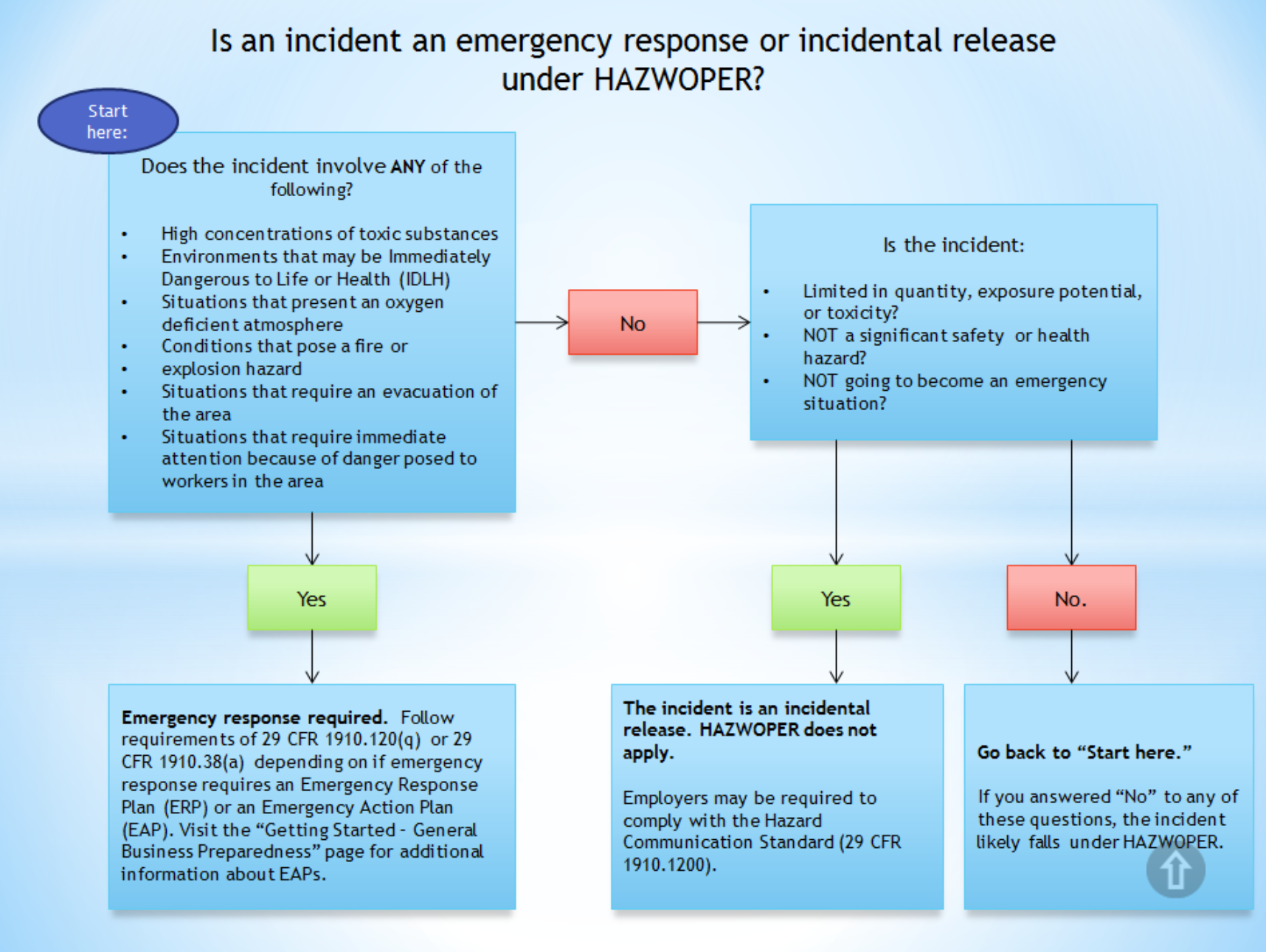Informazione tecnica HSE
// Documenti disponibili n:
45.888
// Documenti scaricati n: 35.135.595
// Documenti scaricati n: 35.135.595
The dumping of hazardous substances poses a significant threat to the environment. The U.S. Environmental Protection Agency’s (EPA) Toxic Release Inventory (TRI) data show that over 18 million tons of hazardous substances covered by TRI were disposed of or released into the environment from 1998 through 2004.(1)
Hazardous substances are a serious safety and health problem that continues to endanger human and animal life and environmental quality. Discarded hazardous substances that are toxic, flammable, or corrosive can cause fires, explosions, and pollution of air, water, and land. Unless hazardous substances are properly treated, stored, or disposed of, they will continue to do great harm to living things that contact them, now and in the future.
Because of the seriousness of the safety and health hazards related to hazardous waste operations and emergency response, the Occupational Safety and Health Administration (OSHA) issued its Hazardous Waste Operations and Emergency Response (HAZWOPER) standard, Title 29 Code of Federal Regulations (CFR) Parts 1910.120 and 1926.65 (see 54 Federal Register 9294-9336, March 6, 1989) to protect employees in this environment and to help them handle hazardous substances safely and effectively. The HAZWOPER standard for the construction industry, 29 CFR 1926.65, is identical to 29 CFR 1910.120. For brevity, the HAZWOPER standard is referenced as 1910.120 throughout the remainder of this publication.
The HAZWOPER standard covers all employers performing the following three general categories of work operations:
- Hazardous waste site cleanup operations [paragraphs (b)-(o)] (e.g., SUPERFUND cleanup),
- Operations involving hazardous waste that are conducted at treatment, storage, and disposal (TSD) facilities [paragraph (p)] (e.g., landfill that accepts hazardous waste), and
- Emergency response operations involving hazardous substance releases [paragraph (q)] (e.g., chemical spill at a manufacturing plant). An understanding of how each of these sections are different from each other and what they apply to is essential to ensure compliance with the appropriate section of HAZWOPER.
The scope and application [paragraphs (a)(1) and (a)(2)] sections of the standard define these work operations and indicate what sections of the standard they fall under. State, county, and municipal employees, including hazardous waste treatment, storage and disposal facility employees, and first responders, such as fire and rescue personnel, police, and medical personnel, are covered by HAZWOPER and other regulations issued by the 26 states and territories operating their own OSHA-approved safety and health programs (see listing at the end of this booklet or visit OSHA’s website at www.osha.gov). EPA HAZWOPER regulations cover these employees in states without OSHA-approved state plans.
The EPA adopted the HAZWOPER standard at 40 CFR Part 311 for public employees (either compensated or non-compensated) who perform operations within the scope of the standard in states that do not have an OSHA-approved state plan. This booklet provides an overview of the HAZWOPER requirements for each type of work operation and explains each section separately to provide a clearer understanding of the standard. Having this understanding enables employers to protect the health and safety of their employees in these different environments
(1)U.S. Environmental Protection Agency, TRI 2004 Public Data Release (http://www.epa.gov/tri/tridata/index.htm).

Figure 1. Is an incident an emergency response or incidental release under HAZWOPER?
...
More
OSHA 2008
https://www.osha.gov/laws-regs/regulations/standardnumber/1910/1910.120
https://www.osha.gov/SLTC/emergencypreparedness/hazwoper/background.html

ID 24468 | 23.08.2025 / In allegato
These recommendations are applicable to all laboratories. In addition to life safety, losses due to fire, explosion and ingre...
Guida pratica
Direttiva 98/24/CE - Agenti Chimici
Linee direttrici pratiche di carattere non obbligatorio sulla protezione della salute e della sicurezza...

ID 19661 | 20.05.2023
Attivita' antincendio boschivo per la stagione estiva 2023. Individuazione dei tempi di svolgimento e raccomandazioni per...
Testata editoriale iscritta al n. 22/2024 del registro periodici della cancelleria del Tribunale di Perugia in data 19.11.2024